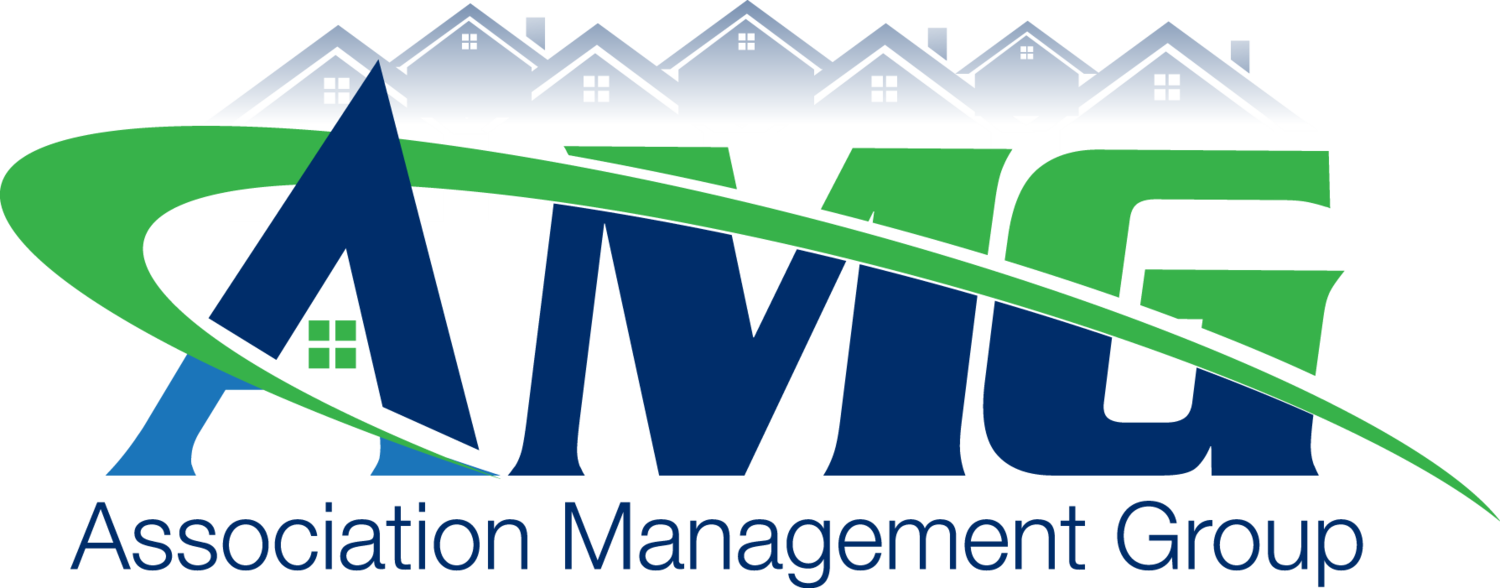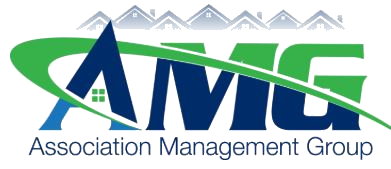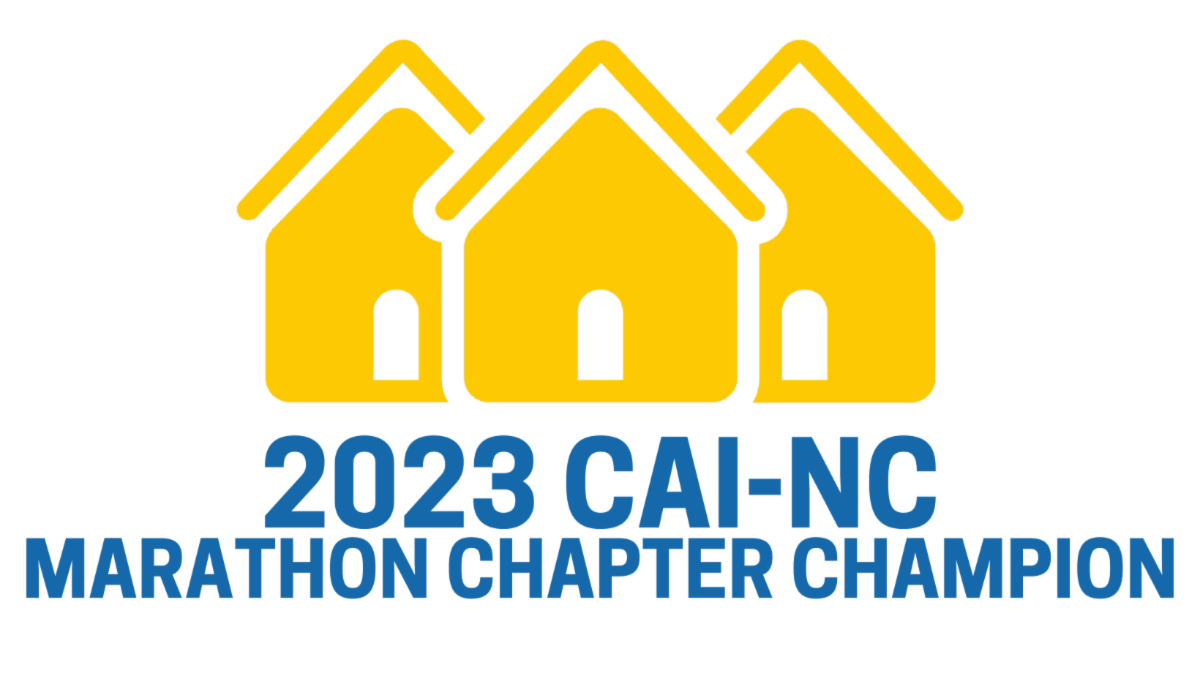5 differences between an HOA and a non-HOA community
/When a community is managed by a Homeowners Association (HOA) it can be obvious. Home values are impacted depending on things such as location, amenities, and regulations.
Here are 5 differences between an HOA and a non-HOA community:
1. Aesthetics: An HOA managed community typically maintains a consistent appearance of the neighborhood. This can create more interest in homebuyers in the community which can raise the value of homes.
2. Amenities: An HOA managed community provides community residents with recreational services and amenities that may not be offered by a non-HOA community due to the lack of management and upkeep of such amenities.
These items include parks, swimming pools, hot tubs, playgrounds, lakes, clubhouse, security, ground maintenance, and organized activities.
3. Resident Happiness: HOAs often have regulations that pertain to the peace and solace of the community. These rules can include noise restrictions, parking regulations, and recreational vehicle storage.
4. Property Changes: HOA communities may have standards and guidelines regarding construction, additions, architecture, exterior paint or other changes that would not be within the guidelines for property aesthetics.
5. Assessments: HOA managed communities have assessments paid by the homeowners to the HOA. These assessments go toward funding the management, maintenance, operation and facilitating of all that goes into managing a community.
𝟴𝟵% 𝗼𝗳 𝗡𝗼𝗿𝘁𝗵 𝗖𝗮𝗿𝗼𝗹𝗶𝗻𝗮 𝗵𝗼𝗺𝗲𝗼𝘄𝗻𝗲𝗿𝘀 𝗿𝗮𝘁𝗲 𝘁𝗵𝗲𝗶𝗿 𝗼𝘃𝗲𝗿𝗮𝗹𝗹 𝗰𝗼𝗺𝗺𝘂𝗻𝗶𝘁𝘆 𝗮𝘀𝘀𝗼𝗰𝗶𝗮𝘁𝗶𝗼𝗻 𝗹𝗶𝘃𝗶𝗻𝗴 𝗲𝘅𝗽𝗲𝗿𝗶𝗲𝗻𝗰𝗲 𝗮𝘀 𝘃𝗲𝗿𝘆 𝗴𝗼𝗼𝗱 𝗼𝗿 𝗴𝗼𝗼𝗱. Source: CAI
A. Many homeowners are in agreement with the HOA guidelines and are in favor of the assessments and benefits. There are other homeowners that prefer not to buy into an HOA community so that they can have complete freedom on their property and forfeit amenities, security, maintenance, etc. etc.
Homebuyers should weigh the pros and cons of living in an HOA before buying a home in an HOA community.



















